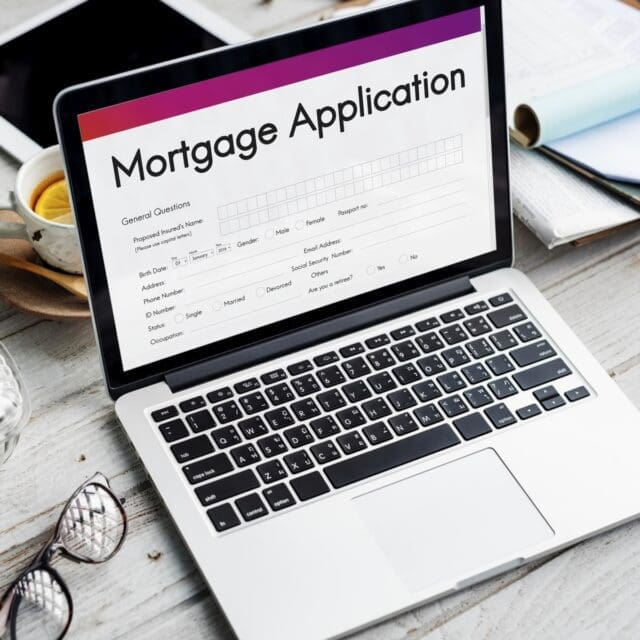The mortgage application process can still seem confusing even if you’ve bought and sold many properties. It has evolved over time, with online applications now the norm, and the range of information required is liable to change. How long does a mortgage application take is a frequently asked question to which there is no easy answer. Your application can be approved quickly, especially when you have been assisted by a licensed California mortgage broker. A more complicated mortgage application, perhaps from a self-employed person, may require more documentation to be supplied. Read our latest blog to fully understand everything you need to know about the mortgage application process.
Preparation for applying for a mortgage
Proper preparation can help the application process proceed smoothly. But what do you need for a mortgage application, and how should you prepare?
Gather the necessary documents
Firstly, you will need to gather the documents you will need for your application. Payslips and tax returns are a good place to start. These detail your income, which can give you an idea of how much you can borrow. Bank account statements that detail your outgoings are also important. You will also need to ensure you have identity documents such as a passport, birth certificate, and driving license. Details of any existing mortgage on your current property and the amount owed are also important.
If you have received an offer on your current property, then the details of that offer should be compared to the outstanding debt. This will give you an idea of how much equity you have available for purchasing your next property.
Determine your budget and desired loan amount
Your income and outgoings will determine how much you can borrow. Different lenders use different calculations to determine loan amounts. Add the value of any equity in an existing property and any other capital you wish to include in the purchase. The lower the loan-to-value ratio, the lower your repayments are likely to be and the higher your chances of a successful application.
Research lenders and compare rates and terms
The rates offered by lenders can vary considerably. Mortgage lending is a competitive environment, and lenders will frequently withdraw older deals and introduce new ones. Different lenders are more likely to consider self-employed borrowers and those with a less-than-perfect credit history. The mortgage market is vast, and a mortgage broker like Next Level Lender can make the process easier. If you’re wondering what happens if a mortgage application is rejected, brokerages like 94 Mortgages can help. They search the whole market to find the most suitable mortgage for you based on your circumstances.
Completing your mortgage application
There are three main steps to completing your application:
Fill out the application form and submit it to the lender.
The first step is to fill out the application form. In most cases, this will be an online application. Be sure to carefully read and understand the form before filling it in, as errors can lead to delays. Once you have filled in the application form, submit it to the lender. You should receive confirmation that it has been received.
Provide proof of income, employment, assets, expenses, and debts
The lender will then request various documents to prove your income, employment status, and the value of any assets. They will also request further information about the value of any remaining debts.
Submit additional documentation if needed (e.g., tax returns)
The lender may require additional documentation before deciding on your application. For instance, this might include tax returns, details of business partnerships, investment information, or other financial documents.
Closing on your mortgage
Gathering all of the necessary paperwork
Your mortgage lender will decide on your application. If it is agreed upon, then you can proceed with the purchase of your property. You will need to provide banking information and set up a direct debit/standing order for your mortgage payments. Your lender will inform you about what they require and how it should be submitted.
Signing all of the closing papers
You will receive a formal offer stating the amount being borrowed, the duration of the loan, the interest rate, and the monthly repayment amounts. Ensure that these are what you expect before signing the papers and returning them to the lender.
Receiving funds from the lender and paying off any existing loans
Your conveyancer will usually handle the next stage. They will progress the sale, receive funds from the purchaser, pay off any outstanding loans on the property you are selling, and then receive funds from the lender to complete the purchase of your new property.
Featured Image by rawpixel.com




